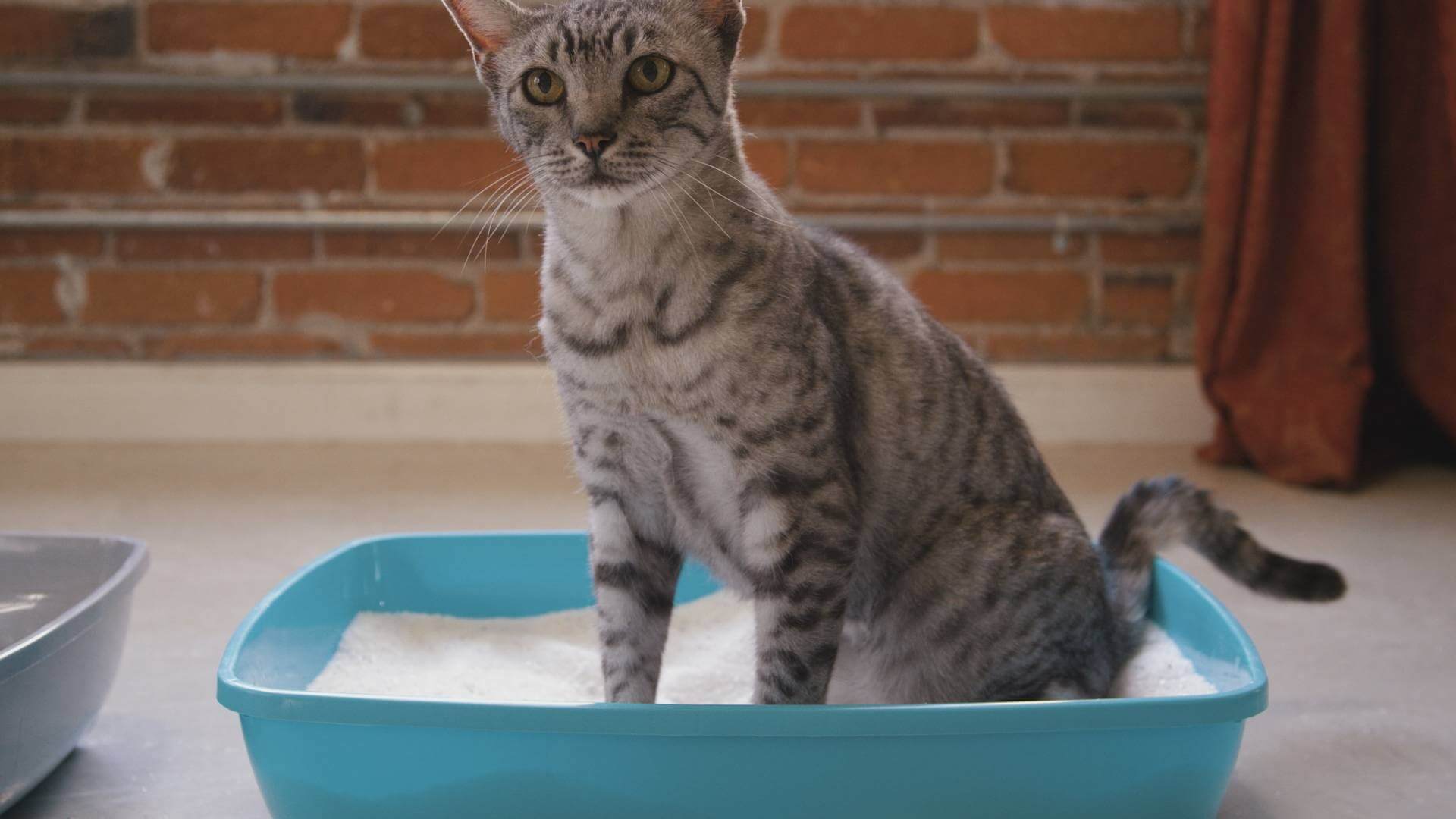Last Updated on January 1, 2021
If you notice your cat using the litter box more frequently coupled with excessive licking “down there”, they may be suffering from bladder stones. While there are a few different kinds of stones that can form, the most common are struvite stones. We will be addressing this type of stone with information on what can cause them, the symptoms, and how to treat them.
What Causes Bladder Stones in Cats?
Bladder stones can be the result of a poor diet, lack of proper hydration, or as a secondary result of a bladder infection left untreated. Diabetic cats are more prone to having bladder stones as well as senior cats. Females tend to have more bladder infections and as a result, can also develop bladder stones however, they tend to be more common in males. Stress is also believed to be another cause although it is not widely understood.
Are Bladder Stones Dangerous For Cats?
Bladder stones can create infections just as infections can create bladder stones. The size of the stones can also increase over time and cause a blockage to form which can lead to irreversible damage to the kidneys and in severe cases where there is a complete blockage, the bladder can rupture and this is fatal. It is important to watch out for the signs and seek treatment ASAP.
Symptoms of Bladder Stones
Not all cats will react the same. Some may show signs they are in pain and others may hide it. Most cats that do have bladder stones will show at least two of the following symptoms:
Medical Treatment
The treatment your vet will choose depends on the severity of the bladder stones. A urinalysis will likely be the first step and possibly a CBC (complete blood count) to check how the liver and kidneys are functioning. If your vet believes there to be a bladder stone or several, an x-ray or ultrasound may need to be performed to check the size as well as if there are any blockages.
If the stones are small in size, an antibiotic will likely be prescribed to prevent any infections or treat any present ones along with a prescription diet to help dissolve the stones. Some cats will need to be on a special diet for life to continually prevent stone formation.
If the stones are larger in size or causing other issues, a catheter may need to be used to flush them out. This is a very painful process for male cats and will usually result in your cat needing to spend anywhere from 24 to 72 hours at the clinic or hospital. Following this, your cat will be put on a prescription diet or advised a specific diet to prevent more stones from forming.
If there is a large stone causing a blockage, it will most certainly need to be removed surgically. This involves what is called a cystostomy where the kidney is surgically opened and the stone or stones are manually removed. If your cat is prone to getting larger stones and blockages, your vet may also recommend a perineal urethrotomy. This is where the urethra is surgically widened.
Prevention of Bladder Stones
It is always best to clean up your cat’s diet and ensure they are getting enough water every day. Some cats will require a specialty diet that a vet will recommend while others will see improvement from simply removing any food that has cheap fillers, grains, or chemicals. You should NEVER feed a cat who is prone to bladder stones a dry only diet. They should be on just the opposite, wet only and no dry. It is best to use only natural freeze-dried or fresh treats as well. If you notice your cat not drinking much, try changing the water to something else. Some cats do not like the taste of tap water and will prefer bottled or filtered water. Moving water is also an option to increase water consumption and you can do this by investing in a pet drinking fountain.
Natural Remedies
While bladder stones can become a medical emergency, many of them can be resolved before becoming one with the help of natural remedies designed to help dissolve the stones as well as prevent them. There are several options you can try but the most effective has been noted to be ACV (apple cider vinegar) and cranberry.
ACV is great for treating bladder infections, especially in females. This will have to be diluted 50/50 with water and given to your cat using a syringe. Most cats do not like this and many will foam at the mouth after administering it. Be sure to offer water and treats right after. AVC can also be offered to them as a preventative by simply added a small amount to their drinking water. This is best to be refreshed daily and only using about one teaspoon to 2 or 3 cups of water. Be sure the kind of ACV you use contains “the mother” in it.
Cranberry can be given the same way as ACV in juice form and will also have to be diluted. Some cats will accept juice into their wet food while others will snub it. Not many will eat fresh cranberries either. If you do not want to fight your cat with this, using cranberry extract capsules is a good option. You simply open up on capsule and mix it into their wet food. Just like ACV, you can do this weekly as a preventive by adding a capsule to 3 or 4 meals a week.




